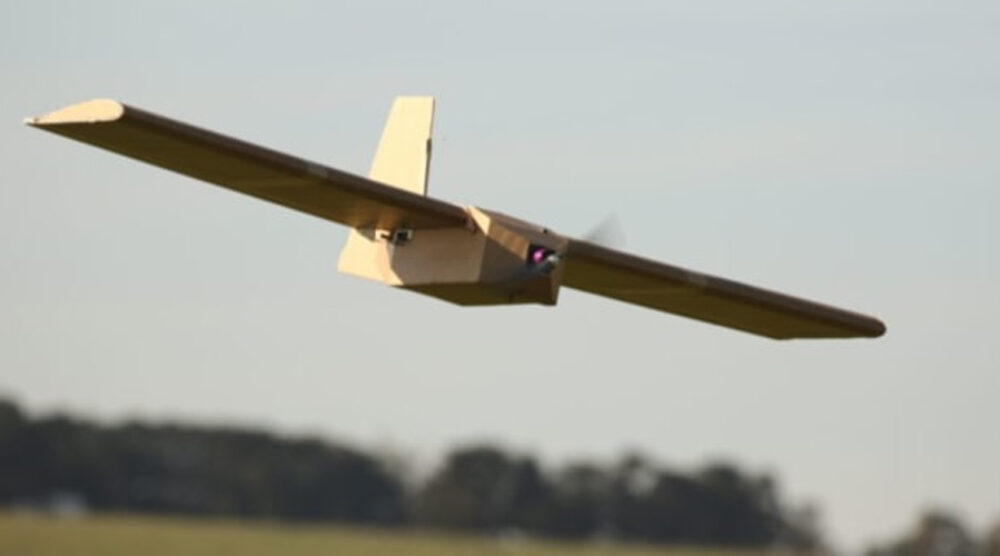Ernest Hemingway famously wrote bankruptcies happen“gradually, then suddenly”. Given two events last week, this might also succinctly describe the rise of robot warfighting. A swarm of Australian-made cardboard drones attacked a Russian airbase and the US Department of Defence announced plans to build thousands of warfighting robots and bring them quickly into operational service. Machines have been increasingly used in wars for more than a century now but suddenly it looks like a new phase is abruptly upon us.
Inside Russia, the attack of the angry cardboard boxes is not really news, even if they may have destroyed several fast jet aircraft. The use of drones has steadily escalated since the start of the Ukraine war and there are now thousands deployed almost daily. Their use for surveillance, reconnaissance, resupply and attack is commonplace. Forming dedicated military units to operate them is unremarkable. Familiarity has hidden that this is the first major robot war and is setting the path for all future conflicts.
The second event has brought this into sharp relief. On 28 August, Kathleen Hicks, US Deputy Secretary of Defence, revealed the new Replicator program that would “field attritable autonomous systems at scale of multiple thousands, in multiple domains, within the next 18-to-24 months”.
Please click here to read the full “Danger Will Robinson: Warfighting robots fast approaching” article published at The Interpreter, written by Griffith Asia Institute Visiting Fellow, Dr Peter Layton .








